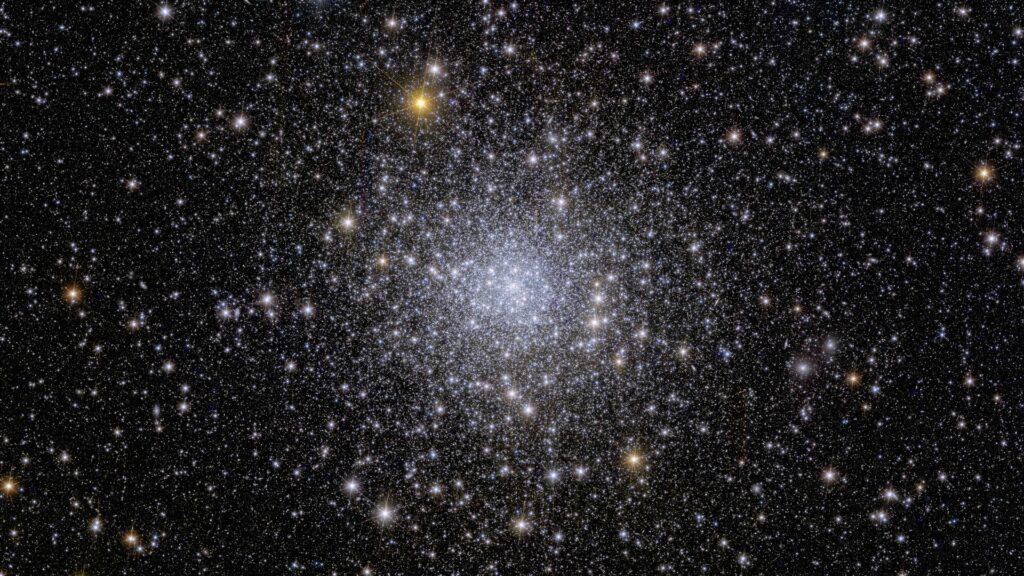The European Space Agency published the first color images of the Euclid space telescope launched in the summer of 2023. They show a variety of celestial objects — from a distant cluster of galaxies to one of the most famous nebulae.
Euclid telescope tasks
The Euclid Space Telescope was launched on July 1. It took one month for it to reach its working position in the vicinity of Lagrange point L₂ of the Sun-Earth system, located at a distance of 1.5 million km from our planet in the opposite direction. It took another two months to calibrate instruments and prepare scientific instruments.

The main purpose of Euclid is to study the history of the evolution of our Universe. Its task is to find out the way in which its large-scale structure formed and the influence of mysterious dark matter and dark energy on this process.
To answer these questions, Euclid will measure the redshift of galaxies located within a radius of up to 10 billion light-years from the Milky Way. This will allow it to create the most detailed 3D map of the Universe, which will help scientists better understand the way it acquired
Euclid’s first photos
According to mission specialists, the first Euclid images fully met their expectations. They are not just beautiful, but also show a lot of previously unseen details in well-known areas of the nearby Universe. The photos confirm that Euclid is ready to start its main scientific program.
What can be seen in the telescope images? The first image shows the Perseus Cluster, a group of about a thousand galaxies located at a distance of 240 million light-years from Earth. About 100 thousand more galaxies can be seen in the background.

The second Euclid image shows the spiral galaxy IC 342. It is located at a distance of 11 million light-years from Earth.

The third photo shows the irregular dwarf galaxy NGC 6822. It is located at a distance of 1.6 million light-years from Earth and is very small in size: its diameter is only 7 thousand light-years.

The fourth image shows the globular star cluster NGC 6397. It is located 7800 light-years from Earth.

And finally, in the fifth image you can see the famous Horsehead Nebula. It is part of the larger Orion Cloud and is located at a distance of 1,500 light-years from Earth.

According to https://www.esa.int
Follow us on Twitter to get the most interesting space news in time
https://twitter.com/ust_magazine
